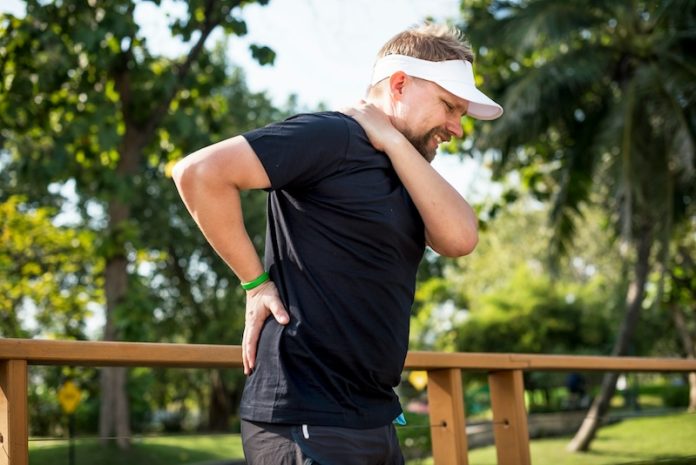
Chronic back pain affects millions of people worldwide, making even simple tasks like walking or sitting feel challenging. While surgery might seem like the only option, research shows that many people can manage and reduce their back pain without going under the knife.
Let’s explore what science says about non-surgical treatments and how they can help you live a fuller, pain-free life.
Studies reveal that exercise is one of the best ways to manage chronic back pain. Moving might be the last thing you feel like doing when your back hurts, but staying active strengthens muscles that support your spine and reduces stiffness.
Low-impact exercises like swimming, yoga, and walking have been shown to ease pain while improving flexibility and posture. Tailored physical therapy programs designed by professionals can be even more effective.
These programs focus on exercises that target specific weak areas, helping to correct imbalances and provide lasting relief.
Another key to managing back pain is learning how to relax. Stress and anxiety can worsen pain by tensing up your muscles, creating a vicious cycle of discomfort.
Mind-body practices like meditation, deep breathing, and progressive muscle relaxation have gained strong support from research.
For example, mindfulness-based stress reduction, a structured program that combines meditation with gentle movement, has been shown to significantly decrease pain intensity and improve people’s ability to cope with pain.
Pain medications, when used correctly, can also provide relief without the need for surgery. Non-prescription options like ibuprofen or acetaminophen are often recommended for short-term use.
In more persistent cases, doctors might suggest nerve-targeting medications such as gabapentin or duloxetine, which are specifically designed to manage chronic pain without the risks associated with heavy-duty painkillers.
However, it’s essential to follow your doctor’s advice and avoid relying on medication alone.
Recent studies have highlighted the role of alternative therapies in managing back pain. Acupuncture, an ancient practice of inserting tiny needles into specific points on the body, has been backed by research for its ability to reduce pain by stimulating the body’s natural pain-relief systems.
Similarly, chiropractic care, which focuses on spinal adjustments, and massage therapy, which eases tension in muscles, are increasingly recognized as valuable parts of a broader pain management plan.
Lifestyle changes are another powerful tool for addressing chronic back pain. Maintaining a healthy weight reduces stress on your spine, while quitting smoking improves blood flow to spinal tissues.
Ergonomic adjustments, like using supportive chairs or sleeping on a proper mattress, can also make a big difference. Even small tweaks, such as learning to lift heavy objects correctly or improving your sitting posture, can help prevent flare-ups.
Cognitive behavioral therapy (CBT), a psychological treatment that teaches you to change negative thought patterns, has proven to be surprisingly effective.
Pain is not just physical—it’s also emotional, and CBT helps people manage their responses to pain. Research shows that people who practice CBT often experience less pain and lead more active lives.
The takeaway? Surgery isn’t the only answer to chronic back pain. Exercise, stress management, medication, alternative therapies, lifestyle changes, and psychological treatments all offer proven ways to take control of your pain and improve your quality of life.
By combining several of these strategies and working with healthcare professionals, you can create a personalized plan that fits your needs.
So, if you’re struggling with chronic back pain, remember that relief doesn’t always require drastic measures. With patience and the right tools, it’s possible to live well without surgery.
If you care about pain, please read studies about how to manage your back pain, and Krill oil could improve muscle health in older people.
For more information about pain, please see recent studies about how to live pain-free with arthritis, and results showing common native American plant may help reduce diarrhea and pain.
Copyright © 2024 Knowridge Science Report. All rights reserved.



